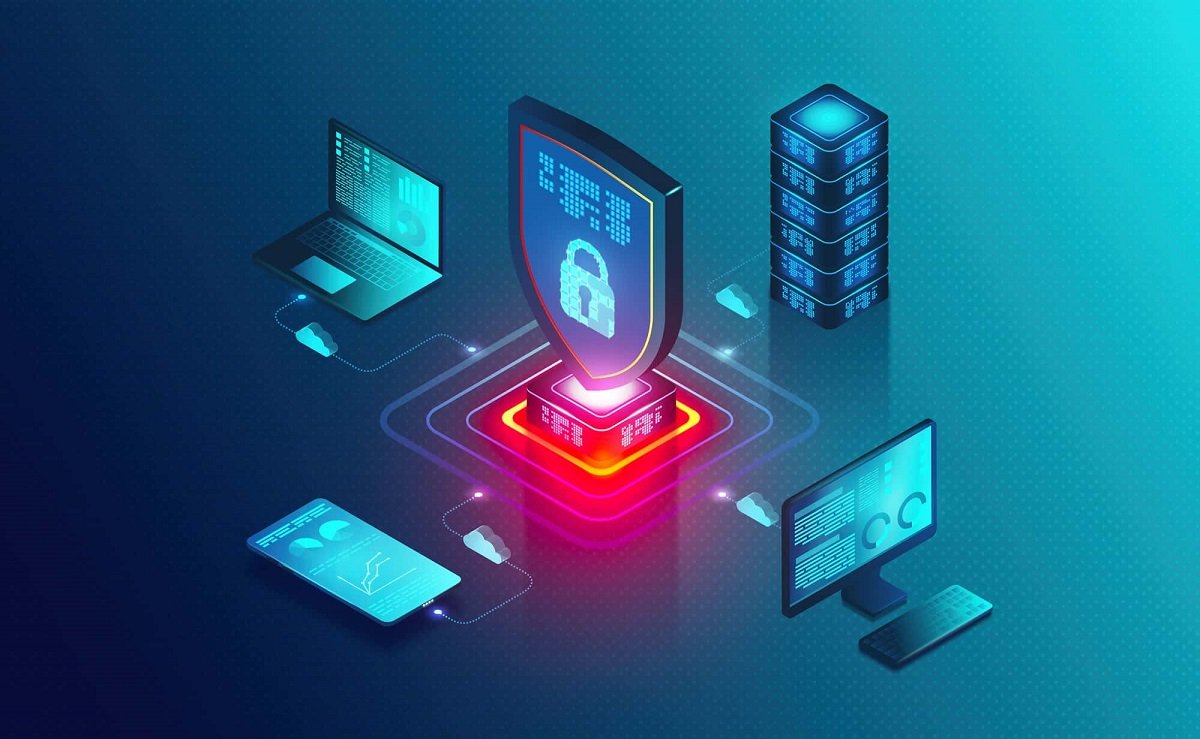In today’s digital world, businesses of all sizes face the challenge of maintaining cybersecurity. With the proliferation of cyberattacks and data breaches, organizations are constantly seeking effective measures to protect themselves from the serious consequences of these threats.
One of the most crucial strategies for strengthening defenses is to provide cybersecurity awareness training to employees. Such training helps employees comprehend the significance of cybersecurity and equips them with the knowledge and skills to prevent cyber threats.
ByteSnipers is a leading cybersecurity firm based in Bremen, Germany. They provide awareness training, free website audits, and expert consultations, and can transform vulnerable IT systems into robust defenses.
Here are the 5 Reasons Why Cybersecurity Awareness Training is Important:
1) Protection Against Phishing Attacks
Phishing attacks are one of the most common and effective methods used by cybercriminals to gain unauthorized access to sensitive information. These attackers often disguise themselves as trustworthy entities to deceive individuals into revealing confidential information, such as usernames, passwords, and credit card details. Unfortunately, human error plays a significant role in the success of these attacks.
Cybersecurity awareness training plays a crucial role in protecting organizations against phishing attacks. By educating employees about the different types of phishing attacks and the warning signs to look out for, organizations can significantly reduce the risk of falling victim to these scams. Training programs can teach employees to identify suspicious emails, links, or attachments and report them to the appropriate authorities. Additionally, employees can learn best practices for secure email communication, such as not sharing sensitive information via email and verifying the authenticity of emails before taking any action.
2) Mitigation of Social Engineering Risks
Social engineering attacks are another significant cybersecurity risk that organizations face. These attacks involve manipulating individuals to gain unauthorized access to confidential information or to perform actions that can compromise security. Social engineering attackers exploit the human element, taking advantage of people’s trust, curiosity, or fear to deceive them.
Cybersecurity awareness training plays a crucial role in mitigating social engineering risks. By educating employees about the different tactics used by social engineering attackers and the psychological techniques employed, organizations can empower their workforce to recognize and resist manipulation attempts. Training programs can provide real-life examples and simulations to help employees understand the potential consequences of falling victim to social engineering attacks.
3) Prevention of Data Breaches
Data breaches can have devastating consequences for organizations, leading to financial losses, reputational damage, and legal repercussions. These breaches occur when unauthorized individuals gain access to sensitive data, such as customer information, intellectual property, or financial records. In many cases, data breaches are the result of vulnerabilities in an organization’s cybersecurity defenses or human error.
Cybersecurity awareness training is essential in preventing data breaches. By educating employees about the importance of data protection and the potential risks associated with unauthorized access, organizations can create a workforce that is vigilant and proactive in safeguarding sensitive data. Training programs can provide employees with knowledge about best practices for data security, such as using strong passwords, encrypting sensitive information, and properly handling and disposing of data.
4) Compliance with Regulations and Standards
Compliance with regulations and industry standards is a critical aspect of cybersecurity for organizations. Data privacy regulations such as GDPR and HIPAA require organizations to implement suitable security controls and protect sensitive data. Failure to comply with these regulations can result in significant penalties and reputational damage.
Cybersecurity awareness training helps organizations meet compliance requirements by ensuring that employees understand their roles and responsibilities in protecting sensitive data. Training programs can provide employees with an understanding of the relevant regulations and the potential consequences of non-compliance. By educating employees about the importance of data privacy and the specific requirements of the regulations, organizations can minimize the risk of compliance violations.
5) Safeguarding Company Reputation
A company’s reputation is one of its most valuable assets. A security breach or cybersecurity incident can have a significant impact on a company’s reputation, leading to a loss of customer trust and potential financial losses. Protecting the company’s reputation requires proactive measures to prevent and mitigate cybersecurity incidents.
Cybersecurity awareness training plays a key role in safeguarding the company’s reputation. By providing employees with the knowledge and skills to identify and respond to cybersecurity threats, organizations can reduce the risk of security breaches and minimize the potential damage to their reputations. Training programs can educate employees about the potential consequences of security incidents and the importance of following cybersecurity best practices.
Conclusion
In conclusion, cybersecurity awareness training is crucial for safeguarding businesses against phishing attacks, social engineering risks, and data breaches, and ensuring compliance with regulations. By investing in such training, companies not only protect their sensitive information but also uphold their reputation in the digital landscape. Prioritizing cybersecurity awareness empowers employees to identify and mitigate potential threats effectively, ultimately strengthening the overall security posture of the organization.
